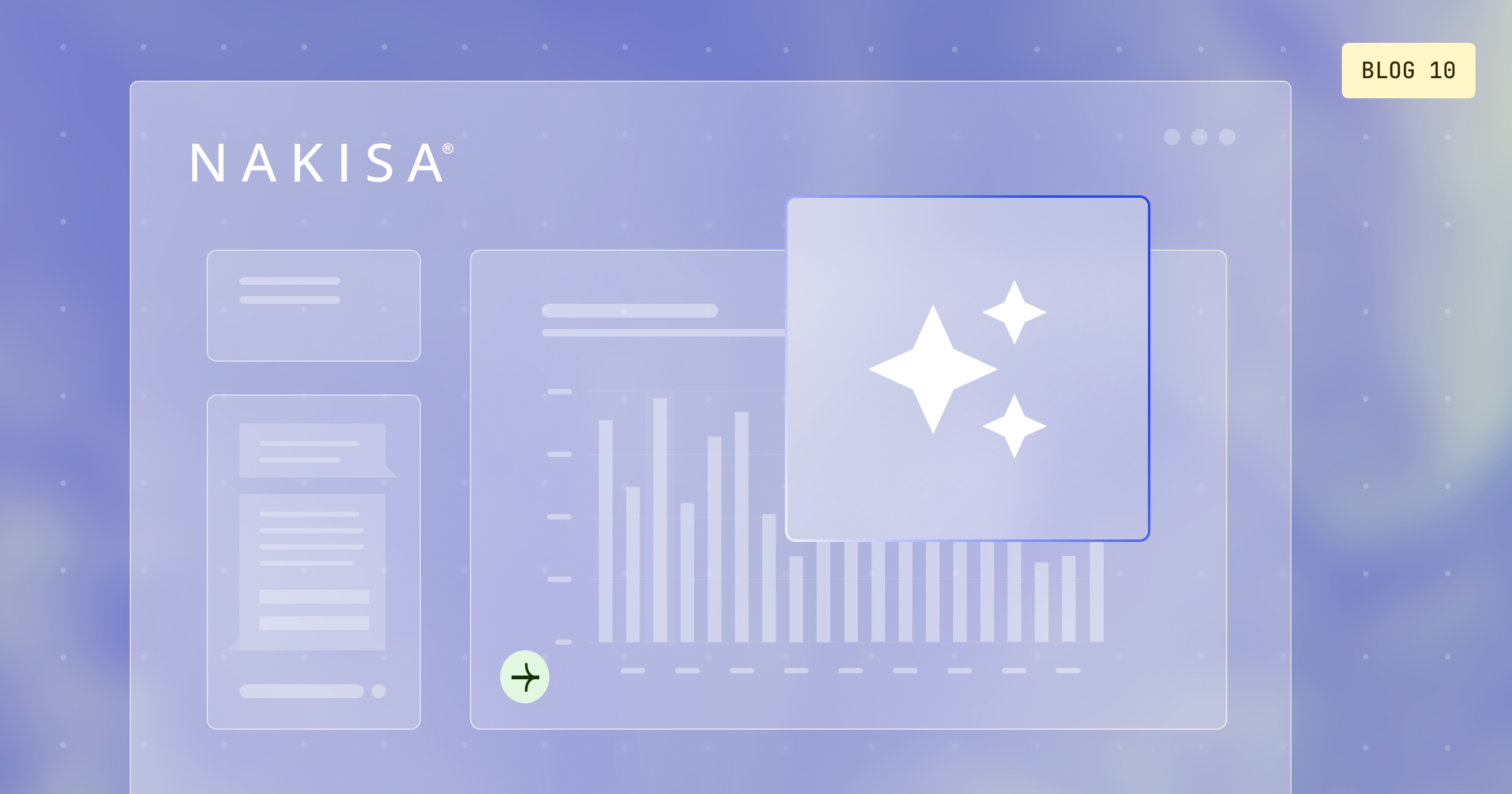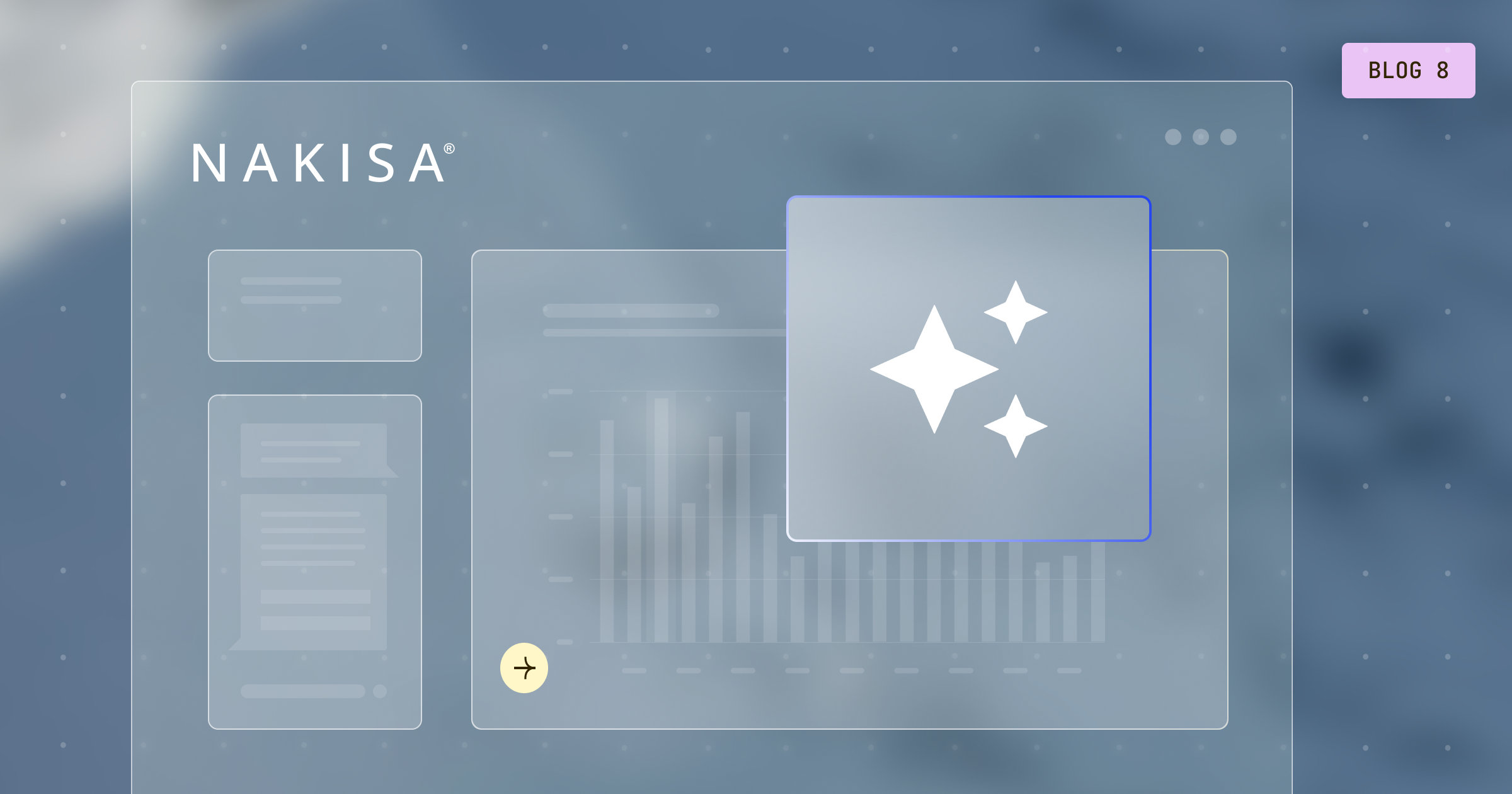
What is an Agile organization?
In the pre-Agile, more traditional methodology for project management, each process phase cascades downward sequentially, like a waterfall – hence, the name of the waterfall methodology. Decisions are made by higher-ups and trickle down to lower-level employees. In this hierarchical structure, individuals with similar skills are typically grouped into a single team, fostering silos and hindering cross-functional collaboration. This approach can reduce flexibility and hinder effective communication, as it relies heavily on upfront planning and limited feedback loops.
In contrast, an Agile organization is characterized by a flexible and adaptive structure that supports decentralized decision-making, cross-functional teamwork, iterative development, continuous feedback, and a strong focus on customer value. In an Agile environment, the company can rapidly respond to changes and continuously improve its products, services, and processes.
What are the benefits of an Agile team structure?
Agile organization design has many advantages that enable organizations to adapt and thrive in today's dynamic business landscape. In fact, a McKinsey Quarterly survey of 2,500 business leaders found that 40% identified agility as one of their top three priorities. Here are some of the key benefits of an Agile environment:
Flexibility: Teams can swiftly adapt to changes without disrupting progress.
Faster time to market: Incremental delivery speeds up product releases for a competitive edge.
Improved collaboration: Close teamwork and communication lead to better outcomes.
Enhanced quality: Continuous testing and feedback loops ensure higher product quality.
Increased transparency and visibility: Tools provide clear visibility into project progress and priorities.
Empowered teams: Principles empower teams to make decisions and take ownership.
Risk Mitigation: Early detection and adaptation help mitigate project risks effectively.
Customer Satisfaction: A customer-centric approach ensures products meet expectations.
Cost Efficiency: Optimization minimizes waste and maximizes return on investment.
Continuous Improvement: Ongoing learning and adaptation drive sustained success.
What is a good example of Agile transformation?
Spotify pioneered the adoption of Agile methodologies by transitioning from a traditional hierarchical structure to a decentralized, flexible approach. They introduced the concepts of squads, chapters, and guilds, which are small cross-functional teams working collaboratively on specific projects. This transformation enabled Spotify to become more Agile, improve customer responsiveness, and optimize talent management. By embracing these Agile organizational structures, Spotify was able to align more closely with their customers' needs and achieve better operational efficiency. Their transparent documentation of this journey provides valuable insights for other organizations considering a similar shift.
What are the elements of an Agile structure?
In an Agile team structure, there are chapters, which are organized by skill sets, mirroring the traditional model. A chapter is more about a personal profession or skill set. For instance, chapters could include professionals in architecture, engineering, data, or sales.
Then there are squads, which collect people from different chapters and form small multidisciplinary or cross-functional teams. These squads are largely self-managed and tend to collaborate efficiently. Everyone in a squad works together towards delivering a product or service.
Squads are then grouped into guilds, which are loosely organized around a shared interest or goal. For example, although I'm relatively new to sales, I gravitate towards people from different squads interested in business development. This could involve learning about marketing, contract negotiations, and other aspects of business development. Such a group can be considered a guild, a loose association of people from various product or service lines.
To further support collaboration and knowledge sharing, Agile organizations also establish tribes. Tribes are larger units that consist of multiple squads working in related areas. For example, at Nakisa, we might be part of the Nakisa tribe or the development tribe. The purpose of tribes is to ensure alignment across squads, facilitate the sharing of best practices, and coordinate efforts to achieve broader objectives. For instance, I work extensively with our HR product squad, which is innovating software functionality. While this may not be my core expertise, I do it for the benefit of the entire tribe.

How to design an Agile organization?
Adopting an Agile organization design can initially seem daunting, especially when we're accustomed to our usual habits. However, with the right strategy and tools, your organization can jump on the Agile transformation train. Here’s a step-by-step guide:
- Assess readiness: Figure out if your organization is ready for Agile and secure executive support.
- Define objectives: Establish clear goals for the transition and align objectives with business priorities.
- Train and educate: Provide training and conduct workshops to introduce Agile principles and practices.
- Run pilot projects: Choose a few manageable pilot projects to implement Agile on a small scale.
- Form cross-functional teams: Assign roles like Scrum Master and Product Owner to selected colleagues.
- Foster Agile culture: Encourage a culture of collaboration, transparency, and continuous improvement.
- Utilize Agile tools: Implement Agile project management tools to facilitate collaboration and tracking.
- Monitor and adapt: Collect feedback and make adjustments to improve the process.
- Scale Agile practices: Gradually expand Agile practices to more projects and teams.
- Measure success: Track KPIs and analyze results for impact on project outcomes and business goals.
- Celebrate wins: Acknowledge successful Agile projects and learn from failures.
- Commit to continuous improvement: Encourage a mindset of ongoing learning and adaptation.
How to represent Agile structures on an org chart?
The traditional and Agile methodologies will continue to coexist, and companies need solutions that support both models. This flexibility ensures that businesses can adapt to diverse project needs and leverage the strengths of each methodology, maximizing efficiency and innovation across their operations.
Now a common challenge for organizations is how to represent Agile structure assignments. Right now, unfortunately, most organizations don't have the system required to reconcile a traditional structure and an Agile structure on an org chart. The world of work has evolved significantly. We now buy talent, build talent, automate processes, and outsource tasks to other regions. Marrying these different sources of talent and service delivery is essential in an Agile world, where flexibility and adaptability are key to success. In today’s world, your squad or tribe could be made up of not only salaried employees, but also individuals who are not employees of the organization but have been assigned to a project for a period (such as contractors or freelancers), or other contributors.
Being able to digitally visualize these diverse types of relationships between the talent and the organization is crucial.
In a modern workforce planning solution, you can represent chapters, squads, and tribes as organizational units, utilizing custom fields and color codes to differentiate them. Additionally, dotted line relationships can be depicted to enhance understanding of reporting structures and collaboration dynamics. This detailed representation allows for better tracking and management of both vertical and horizontal relationships within the organization.

Pro Tip
Dotted line assignments challenge the traditional concept of a single boss and reflect the concept of multiple supervisors. While the straight-line reporting relationship within the conventional hierarchy persists, individuals are also part-time members of various squads. These squads operate under dotted line relationships, with designated squad leaders tasked with delivering specific business outcomes. Your performance review will involve feedback from all these squad leaders, reflecting your contributions in this Agile environment.
How does Agile team representation tie into a larger workplace planning process?
Designing and tracking Agile teams in isolation, such as in separate org charts or third-party applications, is insufficient. This organizational visualization and design should be integrated into a broader workforce planning initiative. Companies need software that allows them to align recruitment and workforce adjustments with their objectives, compare initial headcount plans with reality to observe organizational evolution over time, conduct gap analyses between planned and actual states, and use these insights to inform the next cycle of headcount planning.
Nakisa’s solution is more than an org chart software, it provides all required capabilities, including org visualization, organizational design, headcount planning, gap analysis, and workforce adjustment tracking, ensuring a comprehensive and cohesive approach to workforce planning that drives alignment with business objectives and facilitates effective decision-making.

How to track and analyze Agile team structure success?
Tracking and analyzing Agile success is a common challenge for many organizations. They often struggle to effectively monitor, report on, and manage Agile teams in accordance with predefined business objectives. However, with the appropriate metrics and tools in place, it becomes much easier to assess and understand the success of Agile practices.
Leveraging HR tech tools like Nakisa’s workforce planning software further enhances the capability to track and analyze Agile success. Nakisa's software offers a range of features tailored to support org visualization, organizational design, and strategic workforce planning. For instance, it facilitates the automation of HR data processes, enabling teams to access accurate and up-to-date information effortlessly.

Nakisa’s organizational design software simplifies team formation with its bottom-up approach, allowing organizations to assemble Agile teams with ease. The software also promotes streamlined collaboration during the planning phase, fostering effective communication, and coordination among team members.
Also, the advanced HR analytics capabilities of Nakisa’s workforce planning solution enable users to conduct in-depth analysis of enterprise HR data. With the ability to filter, slice, and dice data according to specific parameters, organizations can extract valuable insights to inform decision-making and optimize their Agile practices.
Interested in streamlining your workforce planning processes? Learn more about Nakisa Workforce Planning, read from our clients, here or request a demo personalized to your business here.






